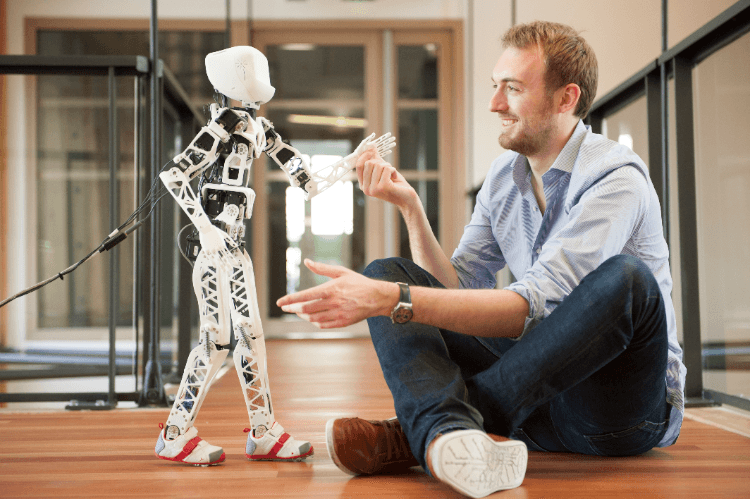Building a better model of human-automation interaction


In his February Human Factors paper, “Intuitive Cognition and Models of Human-Automation Interaction,” Robert Earl Patterson found that current taxonomies used to classify systems or teams of humans and computers include only conscious, deliberation-type thinking and neglect the role of intuitive cognition.
He suggests that automated systems of the future, such as smart cars, homes, and devices, may be improved if they incorporated both intuitive and analytical cognition. In the paper, he presents a new dual-processing taxonomy based on the work of Raja Parasuraman and colleagues in 2000.
Patterson notes an advantage: “Intuitive cognition is relatively immune to time pressure and workload, unlike analytical cognition, which is slow in responding.” This could be seen, for example, in a scenario in which experienced firefighters quickly extinguish a difficult fire using intuitive cognition they’ve developed from dealing with fires in the past.
“Intuitive cognition,” Patterson states, “should be encouraged whenever automation fosters a quick grasp of the meaningful gist of information based on experience or perceptual cues, without working memory or precise analysis.” For example, an individual interacting with computers that display the status of a system in pictorial form would engage intuitive cognition via those perceptual cues.
To bring intuitive cognition IGNORE INTO future automated systems, Patterson speculates, “the human and machine may need to train together in some fashion so the interaction can be based on learned unconscious pattern recognition.”
In the long run, Patterson believes that a human-automation taxonomy that incorporates intuitive cognition will promote novel human-machine system design in the future.
Prepared by





